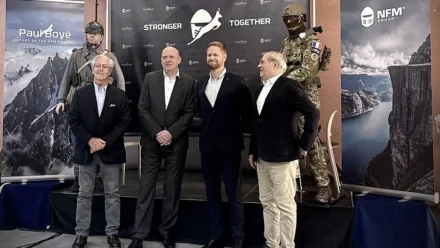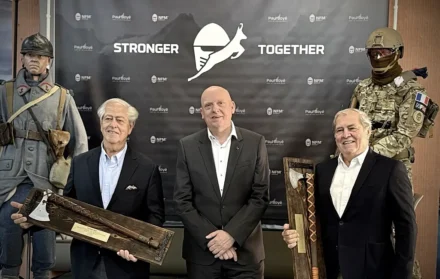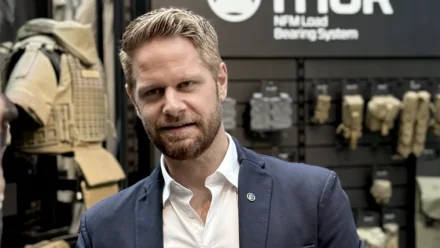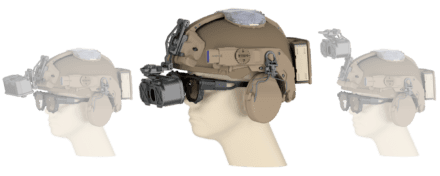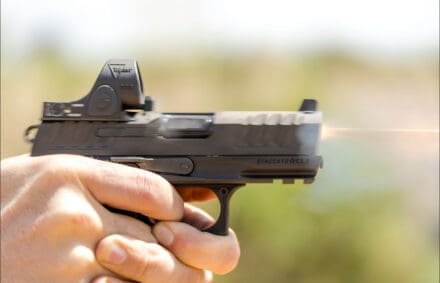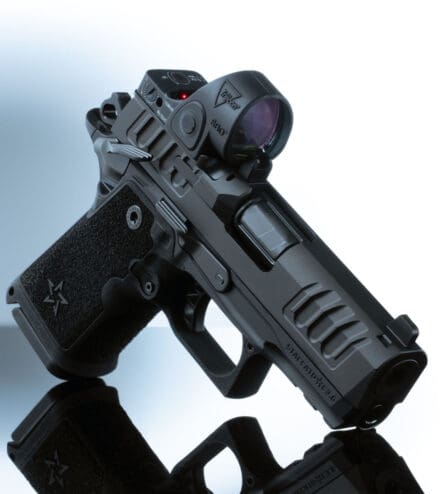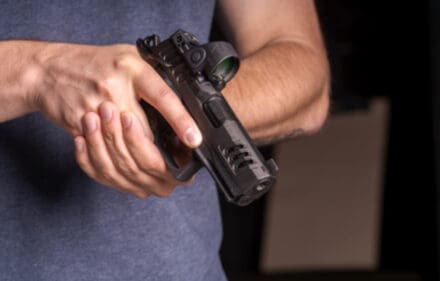Helsinki, Finland – October 8, 2025 – Varjo, the technology leader in military-grade virtual and mixed reality solutions, today announced a refreshed XR-4 Series, the first mixed reality headsets engineered to support mission-ready training across air, land, and sea. The refreshed model is purpose-built to close the gap between traditional simulation methods and the demands of modern training.

Originally launched in 2023, the XR-4 Series headsets are optimized to be integrated into cockpit trainers, vehicle simulators, or ground training systems, addressing the growing global need for scalable, safe, and realistic training. The compact form factor of the XR-4 Series allows complete systems to be transported for rapid deployment to training points of need around the world.

“We have worked closely with our simulation and training customers to understand the needs of broad-scale deployment, and the refreshed XR-4 Series is the result of that collaboration,” said Patrick Wyatt, Chief Product Officer at Varjo. “As a trusted partner in over 100 defense and aviation programs worldwide, including the U.S. Army’s Reconfigurable Virtual Collective Trainer (RVCT), we are committed to help scale training, enhance operational readiness, and better protect the lives of those who protect ours.”
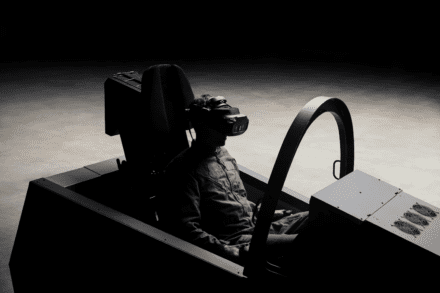
Compared to the original model, the refreshed XR-4 Series introduces key hardware and software enhancements, including:
Fit and comfort for demanding training – A redesigned headband and slimmed rear counterweight ensure stability and comfort during pilot training or ground vehicle simulations. An optional chin strap is now available for added headset stability during dynamic exercises. A new front plate compatible with SteamVR™ tracking improves physical robustness.
Deployment-ready mixed reality for cockpits– Optimized autofocus passthrough cameras allow pilots to interact with real maps, checklists, and avionics inside real cockpits while remaining fully immersed in a simulated environment. Advanced hand occlusion allows users’ real hands to blend naturally with virtual objects and environments. A dedicated night mode allows simulating nighttime operations realistically. A new headset adapter significantly improves PC connection stability for uninterrupted training. Varjo also pioneers AI-improved passthrough with gaze prediction capability to further enhance immersion and reduce system load during high-intensity simulations.
Long-term operational support for large-scale deployments – Varjo backs the XR-4 Series with guaranteed hardware and software support through 2030, along with professional services for deployment planning, fleet provisioning, and on-site integrations.
Additionally, the devices carry over all the advanced mixed reality features of the XR-4 Series, including ultra-high-resolution visuals with 51 pixels per degree, 120° x 105° field of view, and 20+ mega-pixel stereo passthrough. Their tethered Windows-based architecture ensures compatibility with the graphics-intensive image generators and simulation software already in use by armed forces worldwide. One of the variants, the XR-4 Secure Edition, is manufactured in Finland, a NATO member state, and offered in TAA-compliant configurations with no wireless components for deployment in classified environments.
The refreshed Varjo XR-4 Series is available for industrial and governmental customers in over 40 countries, now including India and Turkey. Pricing is available by request.
Customer and partner testimonials
“At Rheinmetall, we are committed to providing armed forces with the most flexible and effective training solutions,” said Bartek Panasewicz, Head of Systems Engineering Land Simulation at Rheinmetall. “Our high-fidelity driving simulators with reconfigurable cockpits allow crews to train across multiple vehicle types within minutes, maximizing both cost-effectiveness and training outcomes. The capability provided by Varjo brings a new level of realism and scalability to our land crew training, enabling anytime, anywhere preparation that adapts to the diverse needs of modern militaries.”
“Varjo’s refreshed XR-4 Series lets us bring sensor-accurate, stereo, multi-spectral training into a deployable form factor that expands access far beyond fixed simulators. With Varjo’s mixed reality and our advanced 4D image generator capabilities, our customers can now train 4–10 times more pilots per hour. Varjo delivers the efficiency, scale, and realism modern training demands at the point of need.”
– Javier Castellar, CSO at Aechelon
“Varjo’s refreshed XR-4 Series devices are more than high-fidelity mixed reality displays. The technology is game-changing. The XR family facilitates the intersection of the real world and the virtual world, which is critical for next-generation training systems that require high performance with a minimal footprint. The new dedicated night mode helps simulate low-light training environments, while real-hand occlusion allows crews to operate checklists, weapons, and avionics with their actual hands naturally blended into the virtual scene. With XR, we can reconfigure air platforms on the fly — swapping various rotary-wing cockpits in the same compact footprint. The outcome is more reps, greater proficiency, and adaptive collective training in the air and on the ground.”
– Eric Carr, Program Director & Manufacturing Director for RVCT, Cole Engineering Services Inc.



